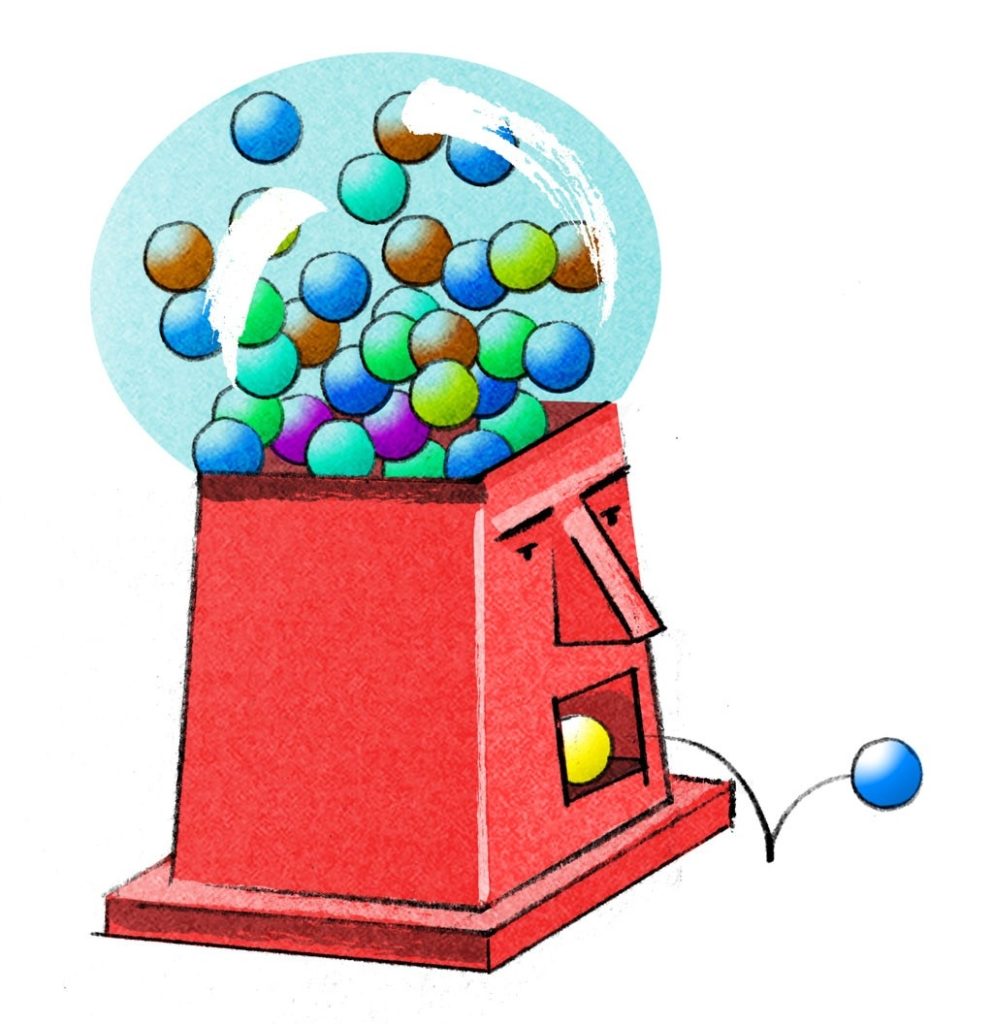Making rounds

The human brain is hard to study. It is, after all, encased in the skull. Techniques like fMRI allow only broad visualization of brain activity. Post-mortem tissue can reveal brain structure, but not function.
Now, School of Medicine scientists have developed small spheres of human brain cells that mimic the architecture of the brain’s outer layer, the cerebral cortex.
The researchers grew colonies of induced pluripotent stem cells from skin samples, then treated them in a special lab dish onto which the cells wouldn’t cling. The colonies folded themselves into spheres and some of the cells developed into neurons and astrocytes, support cells that maintain neural function.
Examining the spheres may shed light on human brain development and the molecular causes of neuropsychiatric conditions such as autism and schizophrenia.
“We’ve been treating them just like we would slices of mouse brain, and trying to answer functional questions,” says Sergiu Pasca, MD, assistant professor of psychiatry and behavioral sciences and senior author of the study, which was published in July 2015 in Nature Methods.
